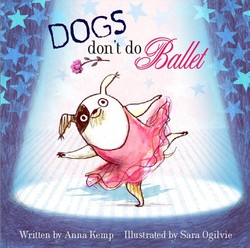 Cover Cover From the very first ‘ew!’ (“weeing on lamp-posts and drinking out of the toilet”) the kids I read this to were utterly hooked. We feel passionately for the little pug Biff, who so badly wants to be a ballerina. But “dogs don’t do ballet!” as several of the characters remind us from the start. But! Triumph in the face of adversity. The author skilfully leads us on a journey of self-belief, and acceptance. The little girl who owns Biff tries to get her Dad to let Biff go to the ballet, but he won’t have it, after all… “Dogs don’t do ballet!” However Sarah Ogilvie’s brilliantly characterised illustrations show Biff cleverly sneaking around after his owner, eyeing up her tutu, watching her ballet class… only to be told, time and again, that dogs don’t do ballet. Sarah achieves that holy grail of illustration – giving us something we don’t find in the words. Making us use our eyes to see what’s really going on (Biff is one sneaky doggy!) Hearts will break over the pictures of little Biff - howling at the moon from his kennel, little ears dropping, sad brown eyes sparkling - as he is constantly being told he isn’t supposed to do ballet. Surely he is going to give up on his life-long dream? But Biff has another idea. Being one determined pooch, he sneaks along to the ballet. All is going well in the show when, suddenly, disaster strikes and the ballerina crashes to the floor. But the show must go on… is this Biff’s moment?
This brilliant debut book from Anna Kemp teaches children to accept others and themselves as they are. It’s fun, charming and thoughtful and the vibrant illustrations by Sarah Ogilvie give the characters bundles of energy and life. Sure to become a household favourite to all who read it!
1 Comment
To kick off my book blog I invited the award-winning Alex. T. Smith, writer and illustrator of the hilarious 'Claude' books, to have a chat! Here's what he had to say about being a super-talented writer and illustrator of children's books! I wish to extend my welcome to Mr. Bongo, Coco and Poppy, of course. I do hope they will be joining us? Yep, they are all here, all curled up together on the sofa with a blanket. All snoring and emitting that slightly odd digestive biscuit/popcorn smell of a warm dog enjoying a nap! I'm sure they will wake up in a minute as it is approaching Treat Time which is a pivotal part of their day... Mmm treat time is a pivotal part of my day too! So, Alex - you’ll need to set the record straight for me on how many books you have written and illustrated – there are so many! Blimey! Er.... *Thinking face* Well, I'm working on my 11th picture book and I've just finished the 7th CLAUDE title (three more in the pipeline!) I'm also working on the 3rd FOXY TALES book ( written by Caryl Hart and illustrated by me). I've also illustrated books by Anna Maxted, Anna Kemp and the lovely Karen McCombie, as well as reimagining the covers for 10 of Eva Ibbotson's back catalogue. I'm not sure what that all comes too as maths has never been my strong point, but it adds up to Quite A Bit, I think!
I'm very fortunate to have some lovely, inspiring, bonkers children in my life. I have an almost grown up niece, three nephews, two god children as well as friend's children who I enjoy talking to and getting their take on the world. It's always really interesting and frequently very funny, and I think I take that in and it's stored in my head for when I need an idea. Other sources of inspiration come from memories of spending time with my grandparents when I was a child, TV programmes I watch, as well as films and animated movies I've watched. There's also that little bit of inspiration that I think is a sort of magic. You don't know where it comes from, or what inspired it, but like a flash of magic it appears and you get very excited about it. It’s clear you also keep on top of your sketchbook (I look forward to my next dose on Twitter with eager anticipation) – does that help to generate new ideas? Absolutely! I've always kept sketchbooks and love the freedom it gives you. The work in it doesn't have to be for a particular project, but what I often draw helps generate new ideas, or take your work in a new direction. My sketchbook is also a bit like a security blanket - I always feel a bit lost and a bit panicky if I haven't got it with me. Drawing in it is also a really nice way of relaxing. What advice would you offer to budding young illustrators and writers? 1. Infuse your work with your own personality. This will make whatever you produce unique. 2. Draw and write things that you'd have loved reading or looking at as a child. Don't get bogged down on where it could fit in the publishing world, or with the end result. Just create something that interests you and that you enjoy, and chances are it will have the same effect on other people, much more so than if you create something because you feel you have to, or because you think that is what the market needs. 3. Don't talk down to children. I think children are actually much more sophisticated than we as adults think and enjoy being challenged. I don't think it's essential for children to understand everything. If they aren't sure of something in a book - they will ask someone and hopefully that will spark an interesting conversation where they will learn much more than if it's spelt out for them very clearly in the text. Much better for a child to ask a question, than to get bored with a book that explains every little detail. 4.Children are very good at suspending belief and taking leaps of faith. You should do the same. ( I wasn't sure if anyone would get Sir Bobblysock, or be prepared to accept that this dog character I created had a best friend who is a rather highly strung sock, but I took a chance and it's paid off!) 5. Be confident. Tell your story or draw your images with confidence. If you aren't confident in your work, other people won't have confidence in it either. 6. Whenever I talk to illustration students, I say that the relationship between the words and the images in a picture book should work like a joke. The text is the set up and the illustrations are the punchline. This doesn't mean that all pictures should be funny - it means that they should expand on the words and give us something extra. This could, of course, be very funny. but it could also be something touching, or moving or exciting or surprising. I think the worst thing to do would be to illustrate exactly what the text says and not to add anything extra to the story. That would be a waste. 7. Don't just be inspired by other children's book writer and illustrators - look further than your bookshelf and be interested in other things too. I love looking at other illustrator's work, but I actually find myself more inspired by other sources of imagery - old photos, movies, concept art for animated films, photographers, costumes and fashion history, fine art and definitely by people watching. The more interested in the world you are, the more well informed and interesting your work will be I think.
In April 2015 I have 'Little Red and the Very Hungry Lion' (Scholastic) coming out and I really enjoyed creating the artwork for this book. I'd not drawn many of the exotic animals in it before, so that was a challenge, but my goodness did I have fun! It looks beautiful - I love the colours! So drawing the exotic animals were a new challenge for you - what’s the easiest part of your job? And what’s the most difficult part? The easiest part of my job is the bit where I look out of my window and try to think of what to do for a particular project. This is the really fun bit and it's where anything could happen. The hardest part is finding a good work/life balance. Working from home and being freelance is brilliant, but quite often the line between work and not work can be very thin and easily blurred. (another difficult thing is dealing with the three dogs who feel it is essential they are sitting on my lap at ALL times to supervise me. It's very lovely that they want to be involved so closely, but there are three of them and I have only one lap, and they aren't very good at sharing me!) The other thing a lot of people don't realise, that being an author/illustrator means you are running a business, so there's lots of the usual business things to juggle as well as the creative work. The business bits are boring, but essential. I'd much rather be colouring in though... Colouring in is the best bit! Where do you work? Can we have a peek? My main workspace is a room in my house. It has a desk that's in front of a large window and I try my hardest to keep this space as tidy as I can. I have a sofa in the room too which is MEANT to be for the dogs to sit on but they prefer to sit on my lap, closer to the desk where there is usually a biscuit they can try to steal. I have a big book case with lots of my books in, but also books by my favourite illustrators as well as reference books and a collection of old sketchbooks. Crucially, this studio is near to the kitchen where the tea and coffee is kept… I also have an armchair in my living room that I like to sit in when I'm reading through texts or roughing out projects. Quite often I go and work in cafes. I like the bustle around me and I also like stopping to nosy about and see what everyone else is doing. I am essentially a professional nosy parker and eavesdropper. Three tools you can’t live without? Moleskine plain paper/layout paper. Mechanical pencils. Cookies. You gotta have the cookies. Can you talk us through your process, from initial sketch to final spread? I start by reading the text a few times - even if I have written it. I often find that there are passages of text that you can use images for rather than words, so with my own text I re edit these bits with my editor. The next thing I do is go through the layouts and figure out what should be illustrated and where, and how. I'm very fortunate to work with a brilliant designer for much of my work called Alison Still. We do the Claude and Foxy books together and she helps me to figure out what goes where at the beginning of a project, and then waves her magic wand at the end and makes the words sit beautifully within the layouts and just polishes all the little details. After I've decided on what the images should be and where and how they work with the text it's time to rough it all out. When this has been approved by my editor and designer it's on to final artwork. I draw everything out on paper with pencils and easers and various other bits and pieces before scanning it in and colouring it in Photoshop. I love painting and creating traditional artwork, but I'm slow, and very indecisive, so I love that Photoshop means I can doing things fairly quickly and spend time faffing about and dithering without having to keep starting the image again from scratch. Then when it's all done it's off to my designer to the final tweaks and polishing and layout then off to the printers! And finally… I hear you’re working on a new project… any hints? Or is it TOP SECRET? I'm actually working on quite a few new things. I have Little Red and the Very Hungry Lion out next April, as well as the third Foxy Tales title. Then later in the year we have the 7th CLAUDE fiction title as well as *fanfare* a CLAUDE picture book! It's called CLAUDE All At Sea! and will be out in the summer. In the autumn there will be the second half of the new Eva Ibbotson covers I've illustrated for her back catalogue so that will be a great, spooky treat in the autumn. I'm also starting work on a VERY exciting project that is TOP SECRET at the moment, but I'm extremely excited about! More news on that as soon as I can tell you! Oh-so-tantalising! I'd like to offer a massive thank you to the lovely Alex for taking the time to do my very first interview for the Wee Red Reader book blog. I can't wait to hear all about his exciting new project!
You can find out more about the awesome Alex using the links below - www.alextsmith.tumblr.com www.alextsmith.com @Alex_T_Smith on twitter mralextsmith on Instagram ...Watch this space for some more exciting blog happenings at Wee Red Writer! |
More posts coming soon...
Archives
July 2016
Categories |
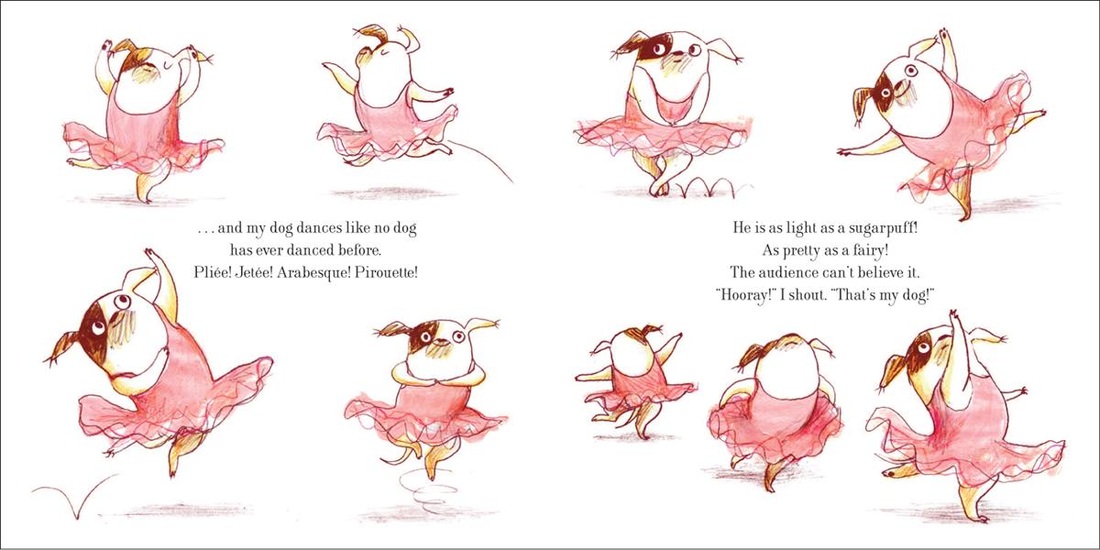
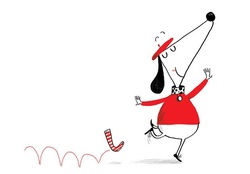
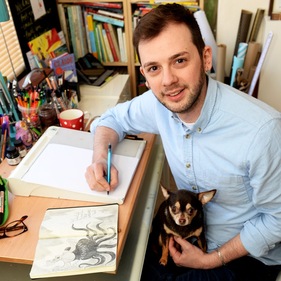
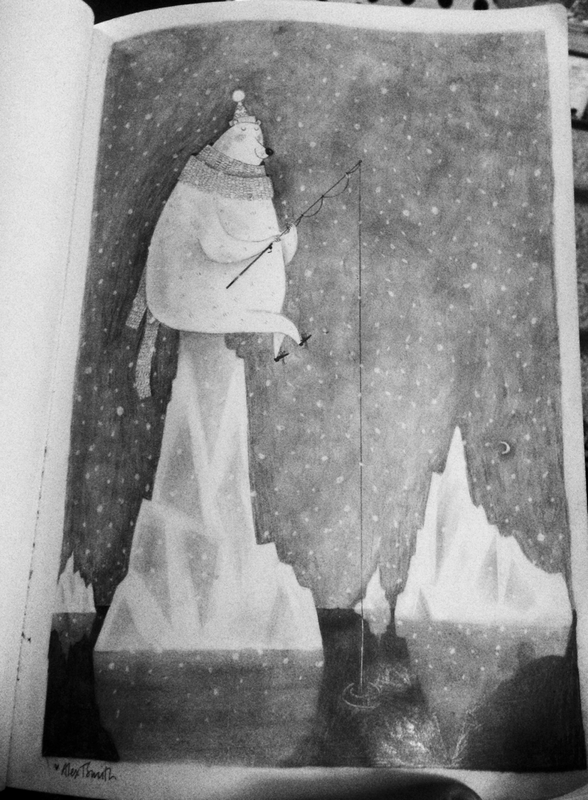
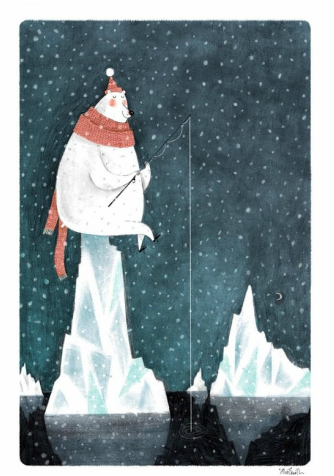
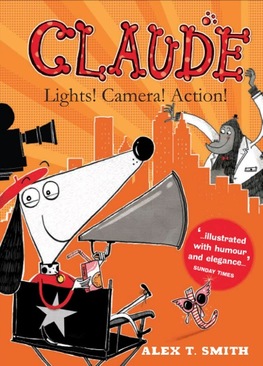
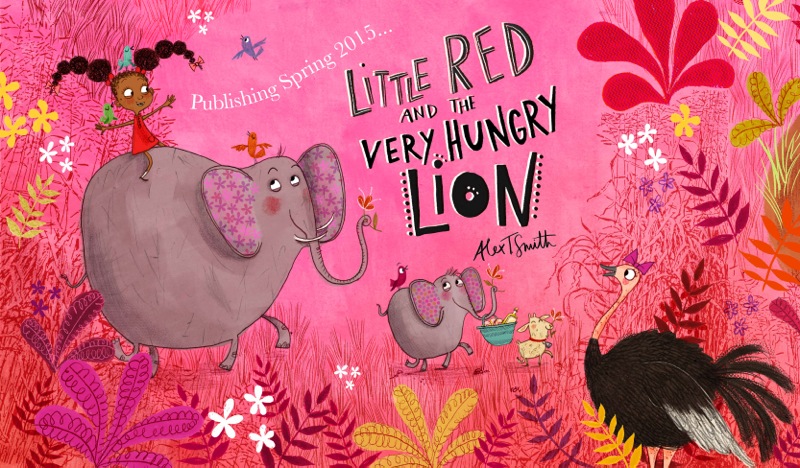
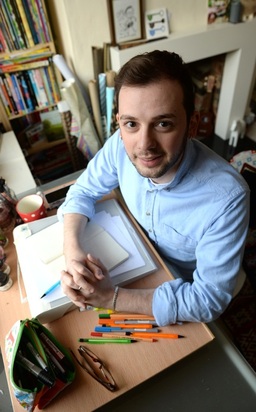
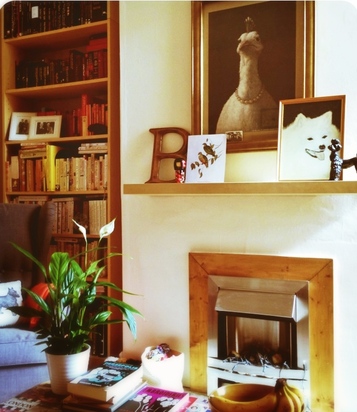

 RSS Feed
RSS Feed